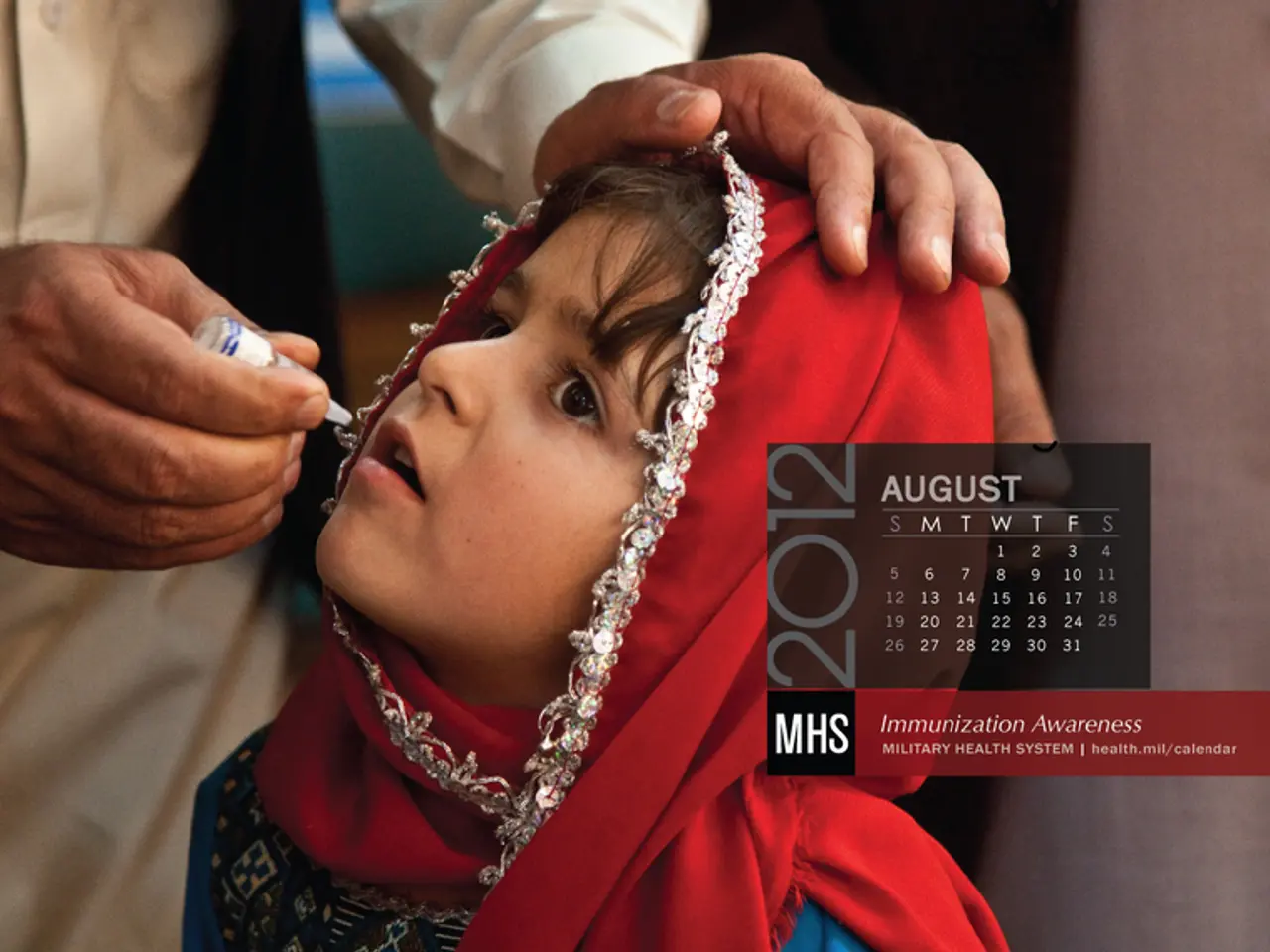Countering the Advancement of Airway Infectious Agents
Respiratory viruses, such as influenza, RSV, adenoviruses, and parainfluenza viruses, pose a significant threat to global health, causing annual deaths and health problems. These viruses have developed mechanisms to evade the immune system and spread efficiently, making it crucial to understand their behaviour and implement effective prevention strategies.
Mechanisms of Viral Variation
Respiratory viruses develop new variations primarily through mutation and genetic reassortment.
Mutation Most respiratory viruses, including influenza and respiratory syncytial virus (RSV), have RNA genomes that are prone to errors during replication. These mutations can lead to changes in viral proteins, especially those targeted by the immune system, aiding immune evasion.
Genetic Reassortment Some viruses, like influenza A, possess segmented genomes. If a host is simultaneously infected by two different viral strains, segments can mix to create a novel virus. This “antigenic shift” can produce pandemic strains for which humans have little or no immunity. Other viruses, such as RSV, lack segmented genomes and evolve primarily through mutation.
Transmission Dynamics
- Person-to-person spread: Respiratory viruses typically transmit via droplets, aerosols, and fomites, especially in crowded or indoor settings.
- Environmental persistence: Some viruses can remain infectious on surfaces and in the air, increasing transmission risk in shared environments.
- Seasonality: Many respiratory viruses exhibit seasonal peaks, though non-pharmaceutical interventions (e.g., mask mandates, social distancing) can disrupt these patterns, as seen during the COVID-19 pandemic.
Prevention and Control Strategies
Non-Pharmacological Interventions (NPIs) NPIs are highly effective in controlling respiratory virus transmission: - Masking: Reduces droplet and aerosol spread. - Enhanced hygiene: Regular handwashing and surface cleaning lower fomite transmission. - Social distancing and isolation: Limiting close contact and isolating infected individuals are critical, especially in vulnerable populations. - Ventilation: Improving indoor air quality can reduce airborne spread.
Vaccination - Flu vaccines: Annual influenza vaccines are tailored to circulating strains; however, frequent viral variation necessitates regular updates. - RSV vaccines: Recently developed RSV vaccines for older adults and maternal vaccination to protect infants are important new tools. - COVID-19 vaccines: mRNA and viral vector vaccines have proven effective against SARS-CoV-2 and its variants.
Antiviral Drugs - Influenza: Neuraminidase inhibitors and polymerase inhibitors can reduce severity if administered early. - RSV and COVID-19: Monoclonal antibodies (RSV) and antiviral drugs (COVID-19) help protect high-risk groups.
Institutional Measures In settings like hospitals and long-term care facilities: - Active surveillance: Regular testing for early detection. - Cohorting: Separating infected and uninfected residents. - Enhanced cleaning protocols: Especially important where residents cannot participate in personal hygiene measures.
Additional Preventive Measures
- Regular exercise: Improves circulation, reduces inflammation, and boosts the production of immune cells.
- Adequate sleep: Aiming for 7-9 hours of quality sleep each night is critical for immune function.
- Diet: A diet rich in vitamins and minerals, particularly vitamin C, vitamin D, and zinc, supports immune function.
Conclusion
Respiratory viruses evolve through mutation and, in some cases, genetic reassortment, enabling them to evade immunity and spread efficiently. The most effective prevention strategies combine vaccination, non-pharmacological interventions (masking, hygiene, distancing), antiviral medications, and institutional infection control measures, especially in high-risk environments. Sustained global surveillance is essential to monitor viral evolution and guide public health responses.
Regular exercise, adequate sleep, and a nutritious diet also play vital roles in supporting immune function and overall health. In times of high virus transmission, maintaining good hygiene, wearing masks, and practicing social distancing are key steps to avoid infection.
- Understanding the behavior of respiratory viruses is crucial for implementing effective prevention strategies, as these viruses often develop variations through mutation and genetic reassortment.
- Masking, hygiene, social distancing, and isolation are non-pharmaceutical interventions that can significantly reduce the transmission of respiratory viruses, especially in crowded or indoor settings.
- In addition to preventive measures like vaccination and antiviral medications, maintaining a healthy lifestyle by engaging in regular exercise, ensuring adequate sleep, and following a nutrient-rich diet can reinforce the immune system.
- Recent advances in science have led to the development of RSV vaccines for older adults and maternal vaccination to protect infants, as well as effective COVID-19 vaccines using mRNA and viral vector technologies.
- Institutional measures like active surveillance, cohorting, and enhanced cleaning protocols can help control the spread of respiratory viruses, particularly in higher-risk environments such as hospitals and long-term care facilities.




